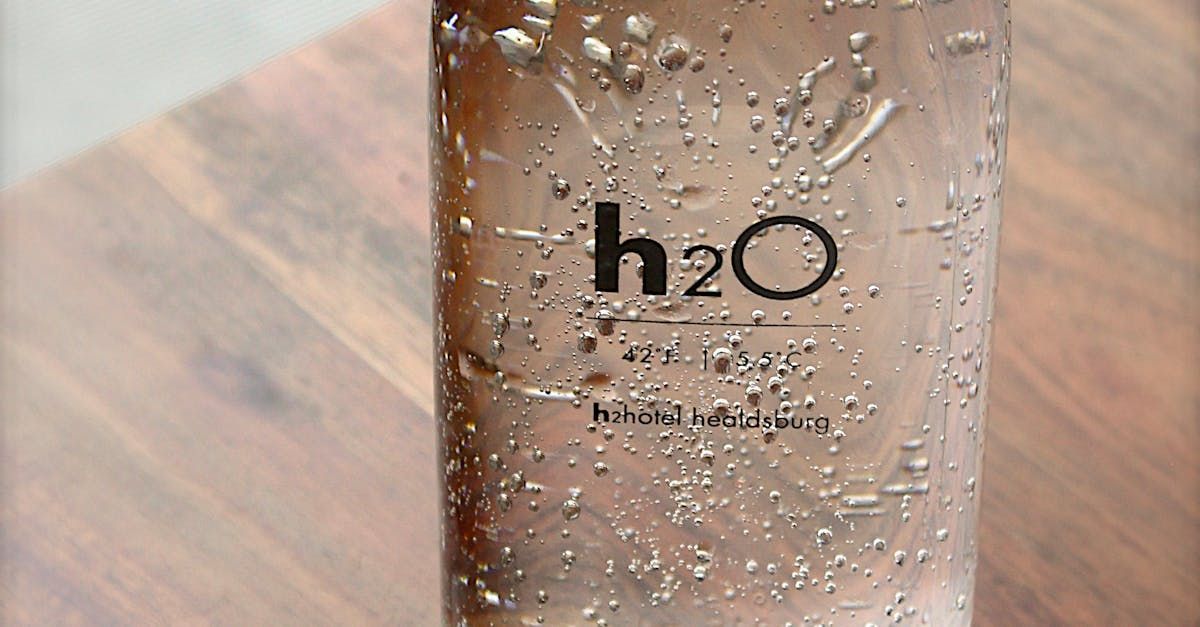The 60/40 Vs 80/20 Training Methods & Zone 2 Vs Zone 5 Comparison
INTRODUCTION
Training intensity and duration distribution is an essential aspect of any endurance training program. Intensity is usually measured in terms of % of maximum heart rate or rating of perceived exertion (RPE). While duration is the length of each session. A program that does not take into consideration the benefits and risks of both modalities will fail to meet the athletes training goals and will potentially lead to burnout and/or injury.
Two popular methods are the 60/40 and 80/20 approaches, which differ in how they allocate time between low (zone 2) and high-intensity (zone 5) work. This article will compare Zone 2 and Zone 5 training within these frameworks, discussing their benefits, risks, and optimal implementation. By understanding these methods, coaches and athletes can tailor their training to enhance endurance, power, and overall performance.
THE 60/40 vs 80/20 TRAINING METHODS
The 60/40 and 80/20 training methods are two approaches to balancing the distribution of low-intensity and high-intensity workouts within an athlete's training regimen. The key difference between them lies in the proportion of time spent in each training intensity zone.
80/20 METHOD
The 80/20 training method has gained significant popularity among endurance athletes, offering a structured approach to balancing workout intensity. This method allocates 80% of training time to low-intensity aerobic exercise (typically Zone 2) and 20% to high-intensity workouts (Zones 4 and 5). Long-distance runners, cyclists, and triathletes particularly favor this approach for its ability to build a strong aerobic base while incorporating enough high-intensity work to improve speed and VO2 max.
BENEFITS OF THE 80/20 METHOD
1. Maximizes aerobic endurance
2. Reduces risk of injury and overtraining
3. Improves overall performance in long-duration sports
4. Allows for consistent training volume
IMPLEMENTING THE 80/20 METHOD
- Low-intensity workouts (80%): Long, slow distance runs, easy bike rides, or relaxed swims
- High-intensity workouts (20%): Interval training, tempo runs, hill repeats
CONSIDERATIONS
While the 80/20 method is highly effective for endurance sports, athletes in power-based or sprint-focused disciplines may find it lacking in terms of power and speed development. These athletes might need to adjust the ratio to include more high-intensity training.
By prioritizing low-intensity training, athletes can build a solid foundation of aerobic fitness while minimizing the risk of burnout or injury. The strategic incorporation of high-intensity sessions ensures continued improvement in speed and power, creating a well-rounded training program for endurance athletes.
60/40 METHOD
The 60/40 training method offers a more balanced approach to intensity distribution in athletic training. This method allocates 60% of training time to low-intensity, aerobic exercise (typically Zone 2) and 40% to higher-intensity workouts (Zones 4 and 5). This strategy caters to athletes who require a closer ratio of endurance and power, making it particularly suitable for sports demanding both sustained effort and explosive performance.
KEY FEATURES OF THE 60/40 METHOD
1. Versatility: Develops both aerobic endurance and anaerobic power
2. Balanced approach: Suitable for athletes with diverse performance needs
3. Time-efficient: Higher proportion of high-intensity training can lead to rapid improvements
IMPLEMENTING THE 60/40 METHOD
- Low-intensity workouts (60%): Steady-state runs, moderate cycling, or swimming
- High-intensity workouts (40%): Interval training, sprints, plyometrics, or sport-specific drills
CONSIDERATIONS
While the 60/40 method offers a well-rounded approach, it requires careful management:
1. Increased recovery needs due to higher intensity training volume
2. Greater risk of overtraining if not properly monitored
3. May not be suitable for pure endurance athletes or beginners
The 60/40 method provides a dynamic training structure that can enhance both endurance and power. However, coaches must pay close attention to their athletes' response and adjust as needed to prevent fatigue and optimize performance gains. This approach is ideal for multi-disciplinary athletes or those seeking a more varied training regimen.
ZONE 2 vs ZONE 5 COMPARISON
ZONE 2 TRAINING
Zone 2 is typically defined as the low-intensity aerobic training zone, often referred to as "conversational pace." It is usually characterized by a steady, sustainable effort that can be maintained for extended periods. Training in Zone 2 primarily targets the aerobic energy system and has 3 major effects. 1. Improves the efficiency of the cardiovascular system 2. Increases capillary density at the tissue level. 3. Increases mitochondrial density at the cellular level which increases the body's ability to burn fat as a fuel source.
BENEFITS
- Improves aerobic capacity and fat oxidation
- Enhances capillary & mitochondrial density and efficiency
- Builds a strong aerobic base for higher-intensity work
- Low risk of injury and quick recovery
DOWNFALLS/RISKS
- Can be mentally tedious
- May not provide enough stimulus for experienced athletes if overused
- The high volume increases the risk of overuse injuries
HEART RATE METRICS
- 60-70% of max heart rate
- 55-75% of lactate threshold
TRAINING VOLUME
- 80/20 method: 240-480 minutes per week
- 60/40 method: 180-360 minutes per week
- Minimum effective dose: 30-45 minutes per session for novice, 60-90 minutes for advanced
ZONE 5 TRAINING
Zone 5 is the high-intensity anaerobic training zone, often associated with maximal effort. Often referred to as HIIT workouts. It involves pushing the body's limits with short bursts of intense exercise, focusing on speed, power, and anaerobic capacity. Training in Zone 5 targets the anaerobic energy system and is commonly used to improve an athlete's top-end speed and power output.
BENEFITS
- Significantly improves VO2 max
- Enhances anaerobic capacity and power output
- Boosts metabolic rate and fat burning post-exercise
- Efficient for time-constrained individuals
DOWNFALLS/RISKS
- High risk of injury if not properly executed or executed with a novice athlete/client.
- Requires longer recovery periods
- Can lead to burnout if overused
HEART RATE METRICS
- 90-100% of max heart rate
- 100-120% of lactate threshold
TRAINING VOLUME
- 80/20 method: 15-30 minutes per week (not counting rest between sets)
- 60/40 method: 30-60 minutes per week (not counting rest between sets)
- Minimum effective dose: 4-5 minutes per session (in intervals)
IMPACT OF AGING
As we age, our ability to recover from high-intensity exercise diminishes. While Zone 2 training remains beneficial throughout life, Zone 5 training should be adjusted:
- Younger athletes (20s-30s): Can handle more Zone 5 work, up to 2-3 sessions per week
- Middle-aged athletes (40s-50s): Should reduce Zone 5 sessions to 1-2 per week
- Older athletes (60+): May benefit from limiting Zone 5 work to once per week or less
It's crucial to listen to your body and adjust training intensity based on individual recovery capacity. As we age, the 80/20 method often becomes more appropriate, emphasizing a larger base of Zone 2 work with strategic, limited use of Zone 5 training.
CONCLUSION
Zone 2 and Zone 5 training offer unique benefits. The 80/20 method prioritizes building a strong aerobic base with targeted high-intensity work, while the 60/40 approach allows for more frequent high-intensity sessions. The optimal balance depends on individual goals, age, and recovery capacity. Regardless of the chosen method, incorporating both zones into a training plan can lead to well-rounded fitness improvements.
SOURCES:
[2] https://www.8020endurance.com/new-study-strikes-fatal-blow-to-80-20-training-philosophy/
[3] https://www.reddit.com/r/running/comments/o0qo5l/we_need_to_talk_about_the_8020_rule/
[4] https://www.forum.8020endurance.com/topic/high-intensity-distribution-in-training-plans/
[5] https://www.bogleheads.org/forum/viewtopic.php?t=233488
[7] https://www.ncbi.nlm.nih.gov/pmc/articles/PMC4030606/
[8] https://nutrabio.com/blogs/blog/tudca-5-key-benefits-for-bodybuilders-liver-support








